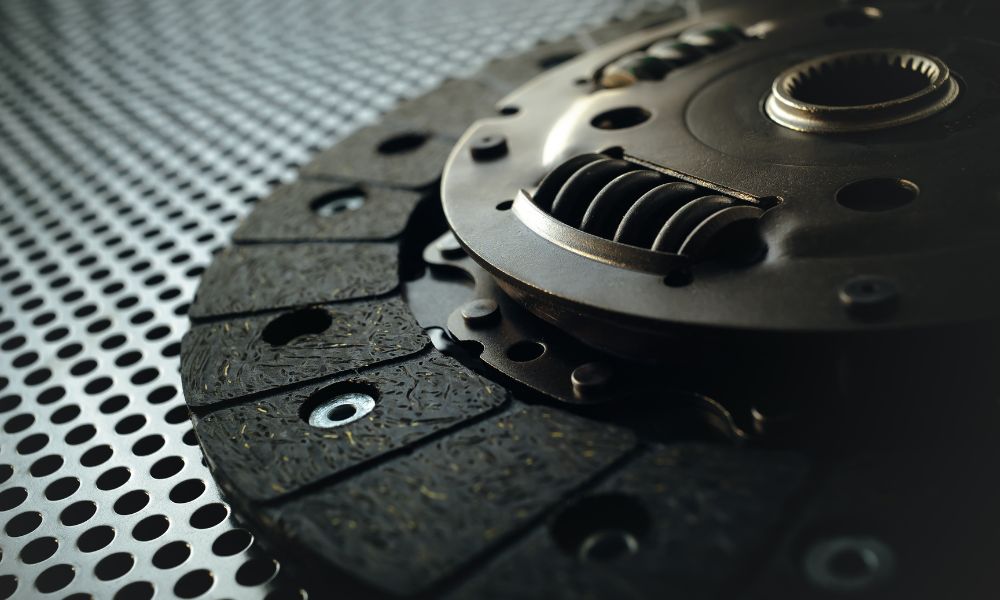5 Things You Shouldn't Do With a Dual Clutch Transmission

Dual clutch transmission (DCT) technology has been a game-changer for car enthusiasts, offering lightning-quick gear shifts and an unparalleled connection to the road. However, these sophisticated systems aren’t impervious to damage, and when mishandled, they can suffer costly repairs and a decreased lifespan. Below, we'll review some things you shouldn't do with a dual clutch transmission car and explore why they're harmful to your vehicle.
Overuse Manual Mode
Many DCT-equipped cars come with a manual mode feature that allows drivers to control gear shifts without needing a third pedal. While this feature can be thrilling, especially on the track, inappropriate use can spell trouble.
Shifting at excessively high RPMs can cause excessive clutch wear, and downshifting without properly matching revs can shock the drivetrain and stress critical components. DCTs should operate at peak efficiency within a specific range; drivers should only activate manual mode judiciously and with skill.
Misunderstand Maintenance Requirements
Unlike traditional automatic transmissions, new fluid isn't a cure-all for DCTs. The fluid in your DCT is a critical lubricating component that helps cool and clean the system, and using the wrong type can cause damage.
Aftermarket fluids may not meet the stringent specifications of the manufacturer's recommendations. When it's time for a DCT service, always opt for the OEM-recommended fluid to keep your transmission humming smoothly.
Hold the Hill
In stop-and-go traffic or on inclines, drivers may rely on the DCT's Hill Hold or Creep functionality. This can ease driver fatigue, but frequent use can strain the transmission.
When engaged, these features can wear out the clutch packs faster than regular driving conditions, especially if you often drive in heavy traffic. It's better to reserve these functions for when you truly need them, such as on steep hills or in bumper-to-bumper situations.
Overdo Launch Control
Another thing you shouldn't do with a dual clutch transmission is overdo it with the launch control. Launch control is a feature on many high-performance vehicles that allows maximum straight-line acceleration.
The system coordinates the clutch, throttle, and engine management to provide the perfect start when activated. The mistake isn't with the control itself but when and how it's used. Repeated launches, especially on hard surfaces, can result in shock loads that may damage the gearbox.
Not Consider Temperature Conditions
Driving your vehicle aggressively without allowing the DCT to reach its optimal operating temperature can harm its performance and longevity. Due to their complexity, DCTs require a specific temperature range to function efficiently.
Ignoring this warm-up phase and pushing your vehicle to its limits can accelerate wear on the clutch plates and bearings, leading to decreased responsiveness and failure. Before demanding maximum performance, allow the transmission fluid to circulate and lubricate the moving parts.
Repair or Replace Your Clutch With Clutch Masters Industries
While the DCT is a pinnacle of automotive engineering, it's not bulletproof. Avoiding these common mistakes will prolong the life of your transmission, ensure peak performance, and keep your driving experience as enjoyable as the day you first drove off the lot.
Whatever you need for your car's clutch, you can count on Clutch Masters Industries and our wide selection of high-performance clutches and kits. We offer aftermarket dual disc clutches, replacement parts, and more. Browse our inventory or contact our staff to talk to a clutch expert today!


